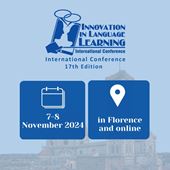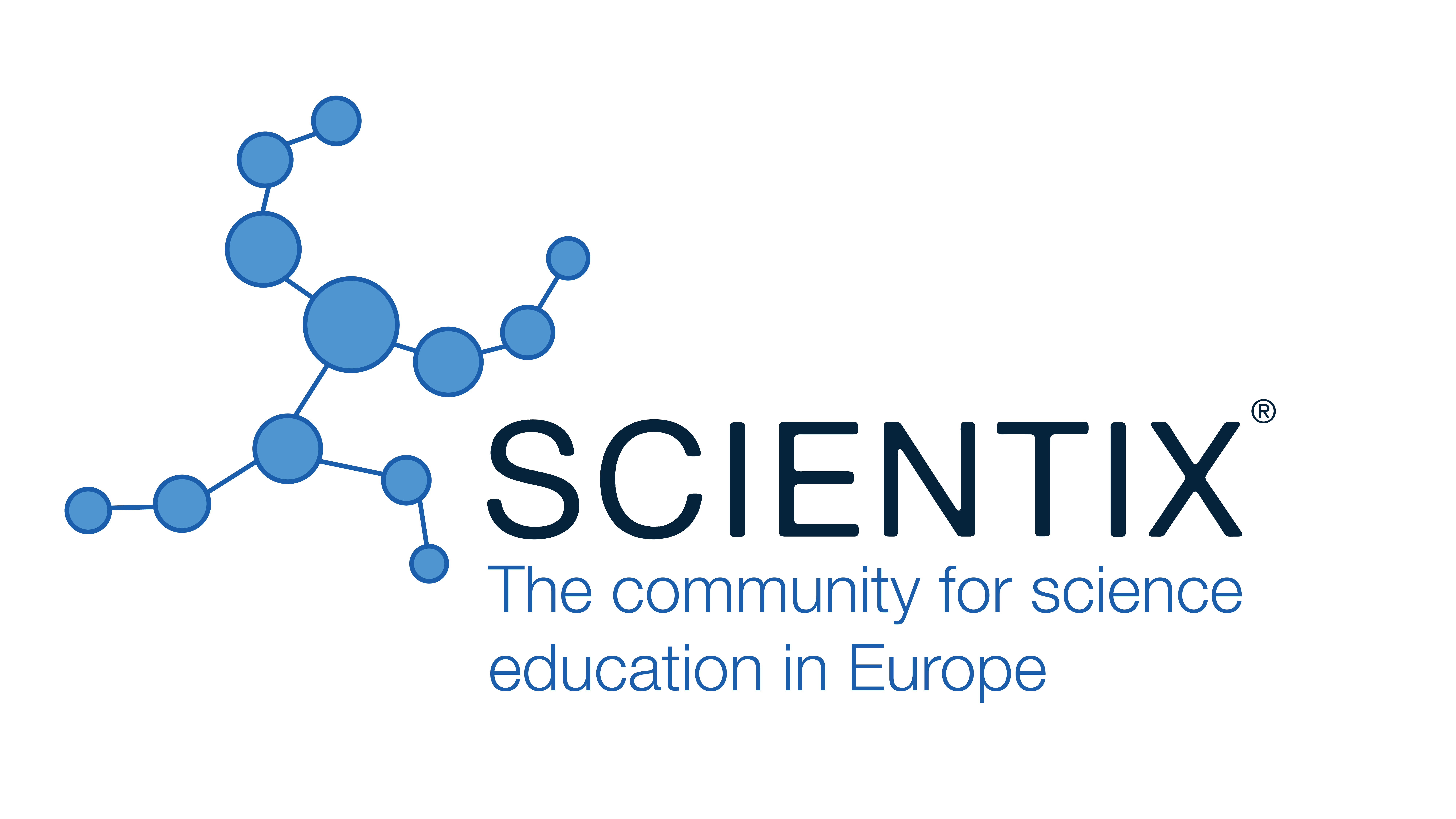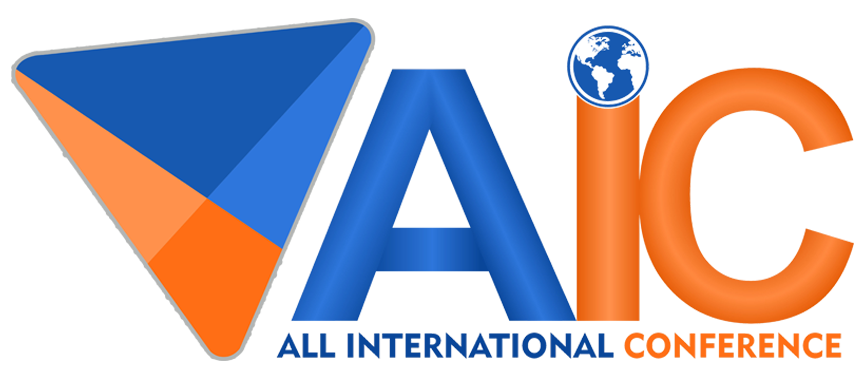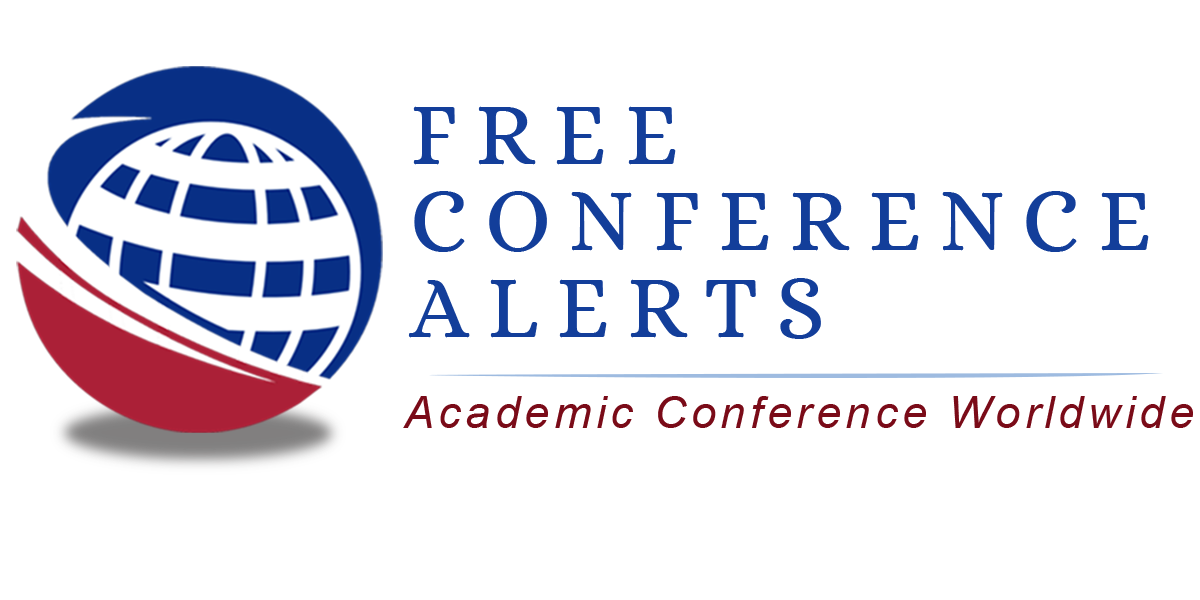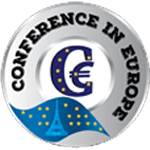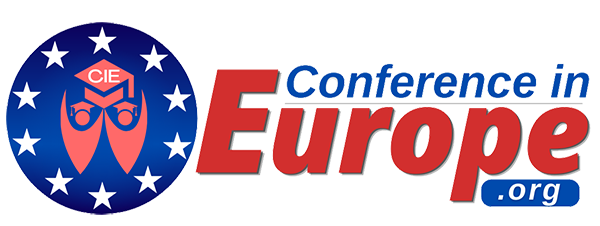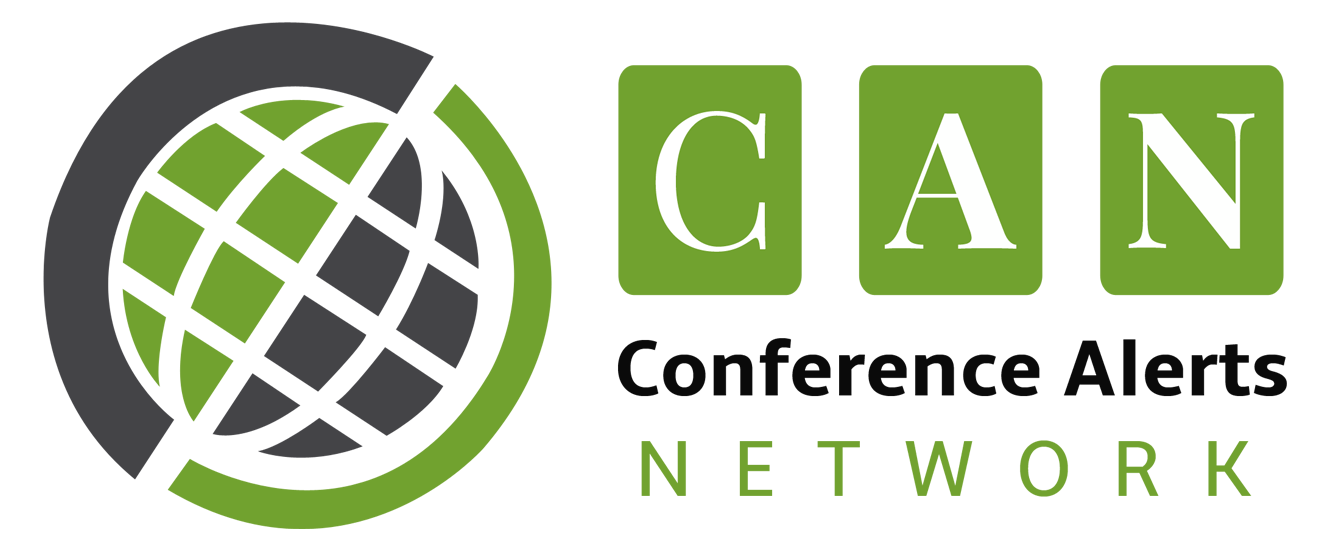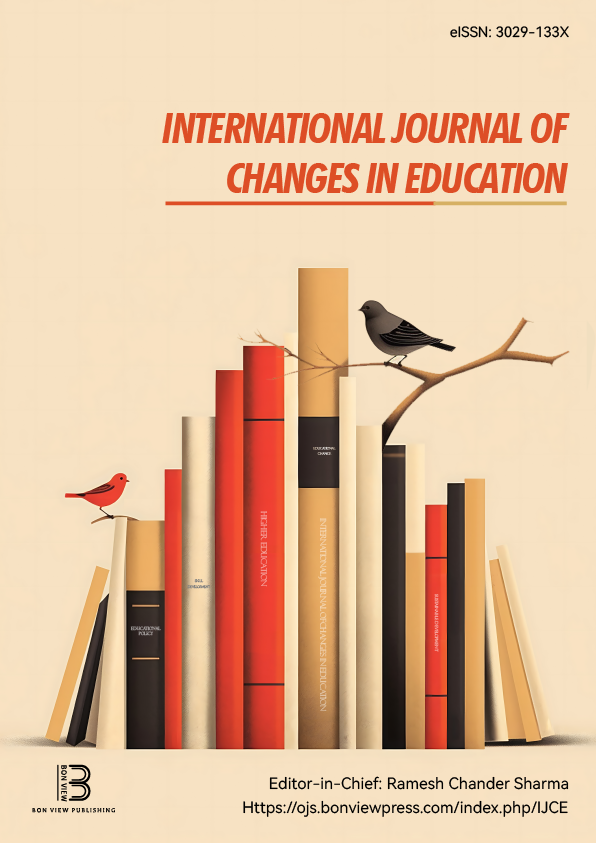Inclusive Chemistry Teaching Strategies for Upper Secondary Students with Dyscalculia: A Review of Innovative Practices
Martina Bodner, Direzione Istruzione e Formazione Italiana, Bolzano, Italy (Italy)
Abstract
Specific Learning Disorders (SLDs), particularly dyscalculia, affect 4.9% of Italian students and pose significant barriers to STEM education, especially in chemistry, where numerical reasoning and unit conversions are essential [1]. This review synthesizes innovative strategies for inclusive chemistry teaching in upper secondary school, grounded in Italian Law 170/2010, which mandates early identification, Personalized Didactic Plans (PDPs), and compensatory tools.
Drawing on neurobiological profiles of dyscalculia [2] and empirical studies, the analysis highlights deficits in numerical cognition that exacerbate chemistry challenges, such as stoichiometric calculations and formalism inconsistencies (e.g., molar mass notations). Key innovations include proportion-based methods over equations (13% efficacy gain), video instructions for experiments (16% improvement), and ball-and-stick models for nomenclature (13% gain), adapted from dyslexia research [3]. Inclusive textbooks, like Zanichelli's "Chimica: molecole in movimento," [4] incorporate concept maps and everyday analogies (e.g., eggs for Avogadro's number) to reduce cognitive load.
Self-esteem interventions, such as biographies of dyscalculic scientists, counter the "low self-esteem spiral" [5], fostering neurodiversity normalization. PDPs emphasize cooperative learning and ICT for active participation, benefiting all learners [6].
Findings reveal gaps in secondary chemistry-specific interventions; recommendations include teacher training in multisensory pedagogies and policy advocacy for equitable STEM access. This work advances inclusive science education by bridging research-practice divides.
 New Perspectives in Science Education
New Perspectives in Science Education


